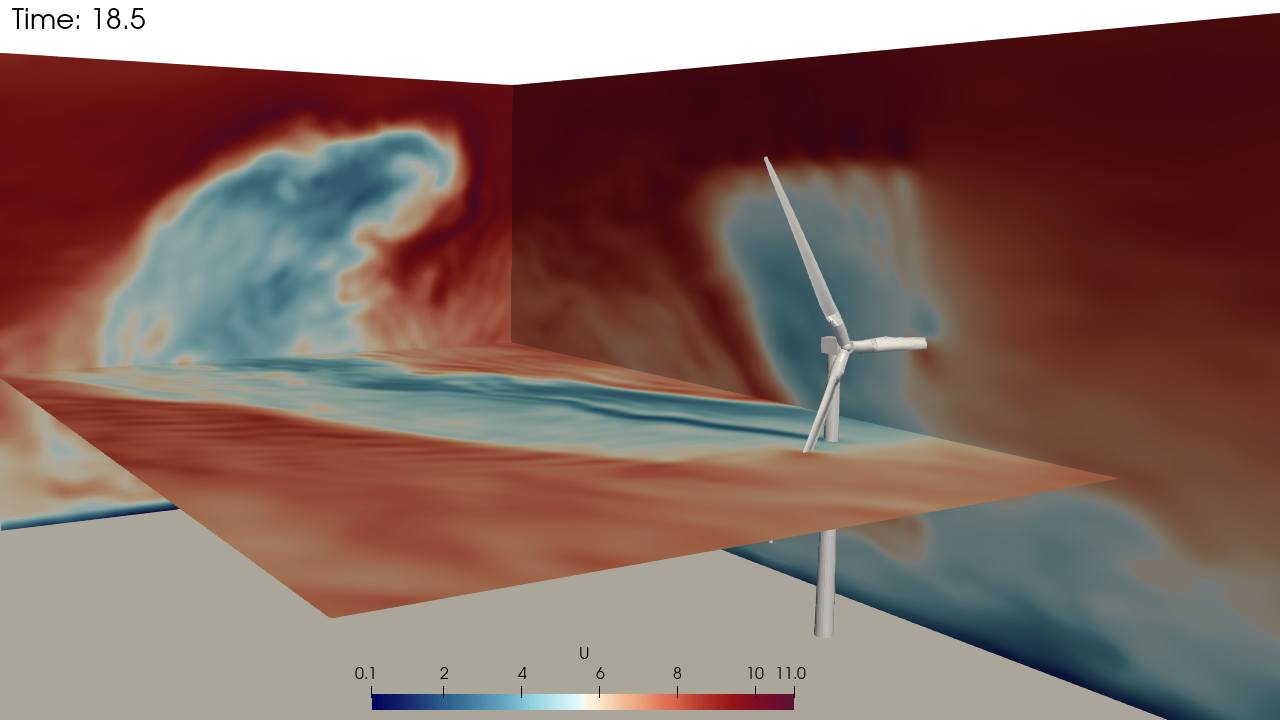Whiffle started as an idea developed at TU Delft in 2016. Simply put, Whiffle is a meteorological data company that can precisely model weather on a very small scale using their self-developed model GRASP. Pondera’s Kyra de Haan and Mark Rijntalder talked to Bob Meijer and Adriaan Derksen about their latest innovation.

What is GRASP?
We see three areas in the wind energy sector where GRASP can be of benefit. First, GRASP can be applied for layout optimisation of a new wind farm. By mapping the interrelated influence of wind turbines (e.g. wake effects), an optimal wind farm layout can be determined. Second, GRASP can accurately predict the expected energy yield of a wind farm. By minimising uncertainties, the expected energy yield can be determined with more accuracy. This is beneficial for project financing. And the third area focuses on forecasting, which is relevant to energy trading. An electricity dealer wants to know what the wind speeds will be in the upcoming days. With a smaller forecast error, the imbalance risks are lower, hence lower costs. The more accurate the weather forecast, the better. GRASP provides a lot of possibilities.
What makes GRASP unique?
Because GRASP can model the weather precisely and with a lot detail, we are a few steps ahead of other weather models. For example, imagine you wanted to predict the wind behind a building at noon tomorrow. Other large-scale weather models are incapable of those kind of exact predictions. However, GRASP is able to make an accurate weather forecast for that precise location, making the system unique.
What opportunity do you foresee in the next few years?
We want to do something meaningful in our work that will have a positive effect on society’s energy challenges. That is why working with a party like Pondera is incredibly important to us. Pondera’s clients are developing major renewable energy projects that contribute to the energy transition. Our software allows Pondera to provide useful advice to their clients. In the near future, we will be working on how to use GRASP more effectively together. GRASP stands for GPU Resident Atmospheric Simulation Platform. The core of the model is the Large Eddy Simulation (LES), a technique for solving physics. Until recently, it was not possible to apply LES on a large scale. However, thanks to the emergence of Graphical Process Units (GPUs), which are basically powerful graphics cards, Whiffle is now able to model the weather very accurately. We input all of the environmental details into the model (e.g., buildings, vegetation, soil properties) and then start calculating. That’s how we get as close to the reality as possible. We always say: assume less, compute more. That’s basically what GRASP does.
How do you envision GRASP?
We see three areas in the wind energy sector where GRASP can be of benefit. First, GRASP can be applied for layout optimisation of a new wind farm. By mapping the interrelated influence of wind turbines (e.g. wake effects), an optimal wind farm layout can be determined. Second, GRASP can accurately predict the expected energy yield of a wind farm. By minimising uncertainties, the expected energy yield can be determined with more accuracy. This is beneficial for project financing. And the third area focuses on forecasting, which is relevant to energy trading. An electricity dealer wants to know what the wind speeds will be in the upcoming days. With a smaller forecast error, the imbalance risks are lower, hence lower costs. The more accurate the weather forecast, the better. GRASP provides a lot of possibilities.










